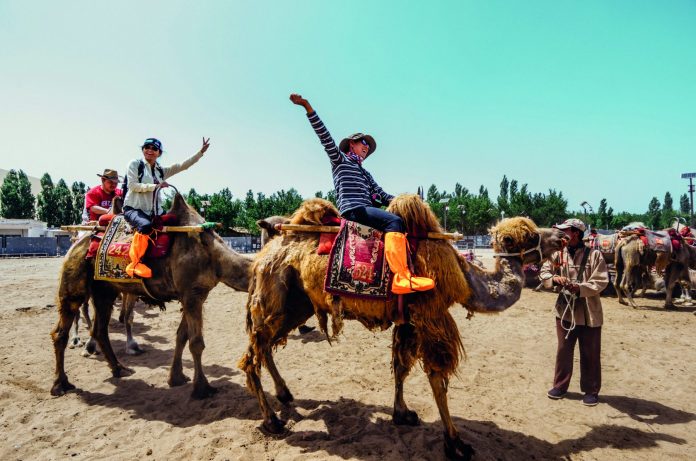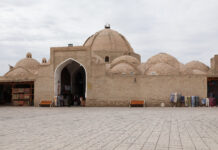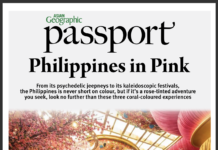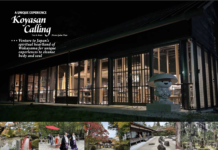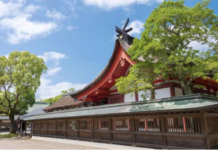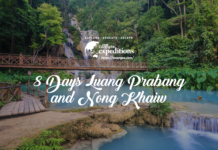In June 2017, 15 explorers embarked on the trip of a lifetime, tracing the history of the Silk Road in China. Asian Geographic’s Shellen Teh shares her experience of the expedition – the first in a series of three
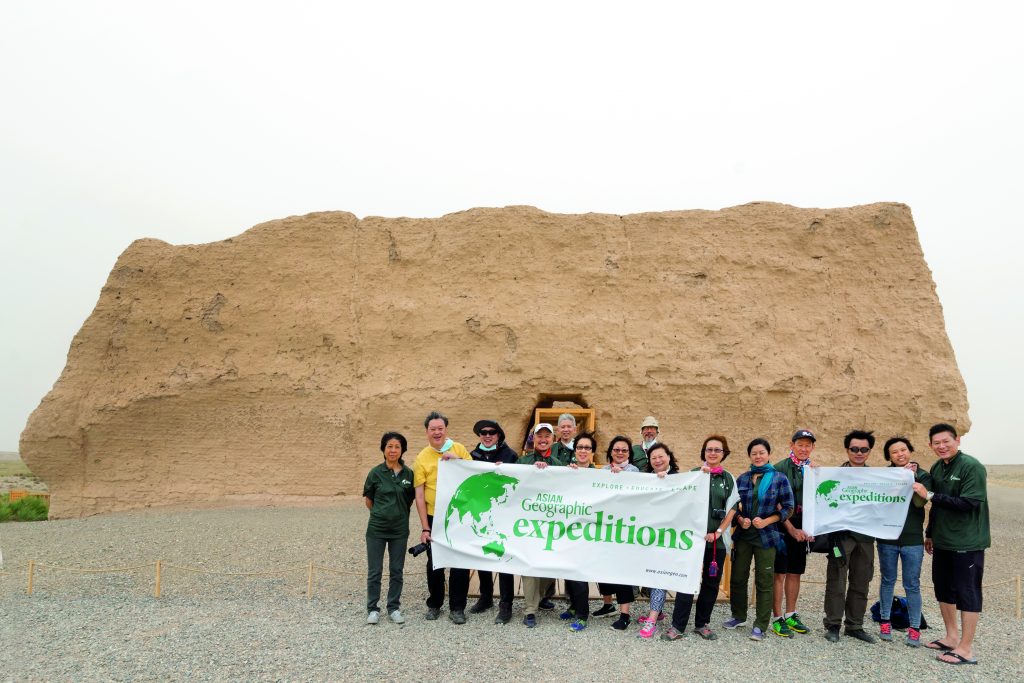
It was bucketing down when we arrived in Shanghai, but the wet weather did little to deter our excitement. We were soon sloshing our way through the deluge to the Lanzhou Museum to gain an understanding of the historical context of the famed route we were about to embark on.
It was not all work and no play, however, and our group of 15 intrepid explorers began to get to know one another over a delicious dinner beside the mighty Yellow River.
The next morning, we were up early and on the road in our private bus, making our way out of the grey gloom of the city. Arriving in rural Wuwei in Gansu, our guide got some lunch spot tips from a group of locals, and we were soon tucking into a hearty meal of handmade noodles. I came to learn that we were served first because we were guests in town. I was surprised by these small gestures which made me feel so warmly welcomed.
Well-fed, we headed to the Tiandishan Grottoes – which translates to the “Heaven Ladder Mountain Grottoes” – some of the earliest grottoes built in China, which represent a key historical landmark in Buddhist history.
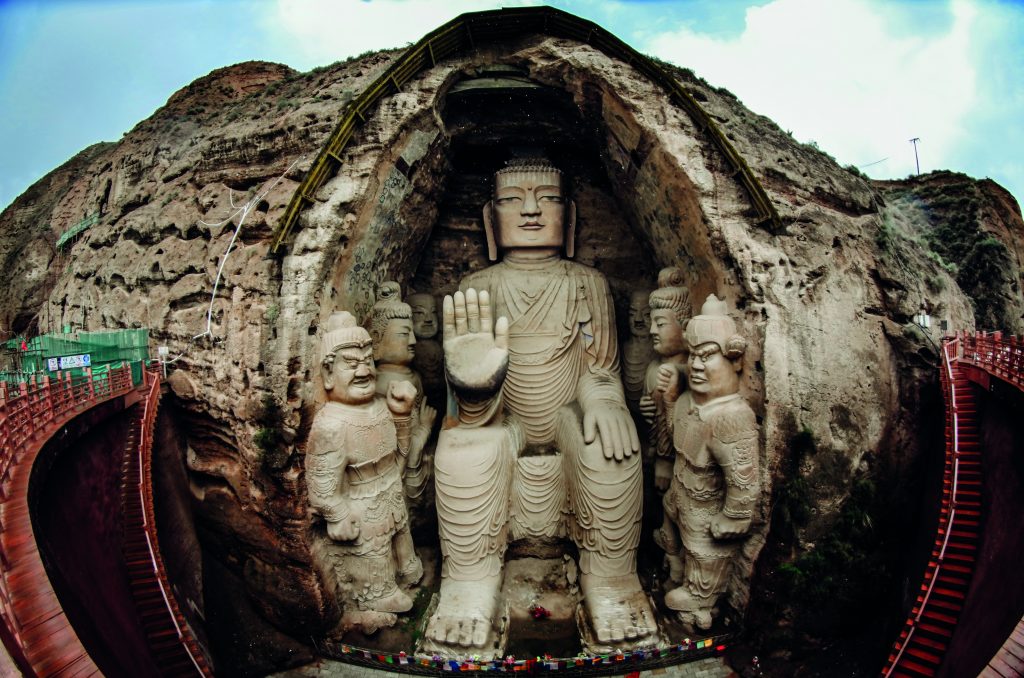
We descended 62 steps into a cavernous ochre dam, initially built to supply water to the local community. This dam houses a series of enormous Buddha statues, the largest of which is the 15-metre Sakyamuni Buddha, flanked by two disciples, two bodhisattvas, and two heavenly kings.
After overnighting in Zhangye, we made a short detour to the Zhangye Dafo Temple – which translates to the “Giant Buddha Temple” – and it’s certainly deserving of its name: It houses the largest indoor reclining clay Buddha statue (34.5 metres long) in China, depicting the Gautama Buddha’s attainment of Nirvana.
From here, we drove to the Zhangye Danxia Landform Geological Park, famous for its rainbow “layer cake” mountains. Having only ever seen pictures of these iconic rock formations before, I was under the impression that the orange-hued mountains had been overly photoshopped, and I was prepared for an anticlimax. Imagine my surprise when we arrived to see that these rock formations were just as I’d seen in photographs. The rain had cleared much of the dust from the air, and we were treated to a clear, full-blown Technicolor view of these spectacular landforms.
The next day, we visited the Overhanging Great Wall. Built in 1539, this was a key strategic point in the Jiayuguan military defence system. Climbing to the peak was quite physically demanding, and made us appreciate the manpower – and stamina – that would have been required to build it.
After a 10-minute bus ride, we arrived at the Jiayuguan Fortress, which was built even earlier, in 1372. This was the primary transportation node linking the East and West along the ancient Silk Road. All travellers passing through here had to retrieve a special exit pass from the officer on duty – much like your passport for international travel. Today, little has changed: Each of us had to acquire a special pass to exit the fortress gate.
It was worth the extra paperwork. Once we’d exited the gate, we were greeted with the sight of the Gobi Desert stretching before us. It may seem romantic now, but for formerly disgraced officials and criminals, the sight of this barren stretch of sand meant exile, and a lifetime sentence of destitute isolation. This accounts for the gate’s other name, “the Gate of Sighs”.
Thankfully, today, any “crimes” are more for jest than actual banishment: The current (very animated) officer at the gate bequeaths you with your “ancient passport” by shouting out your name and “purpose” for travelling. Within our group, this included “a trip to Persia to marry a prince”, and – less glamorously – “opium trafficking”! The day was capped off with a meal of roasted lamb, slow-cooked whole in a brick oven.
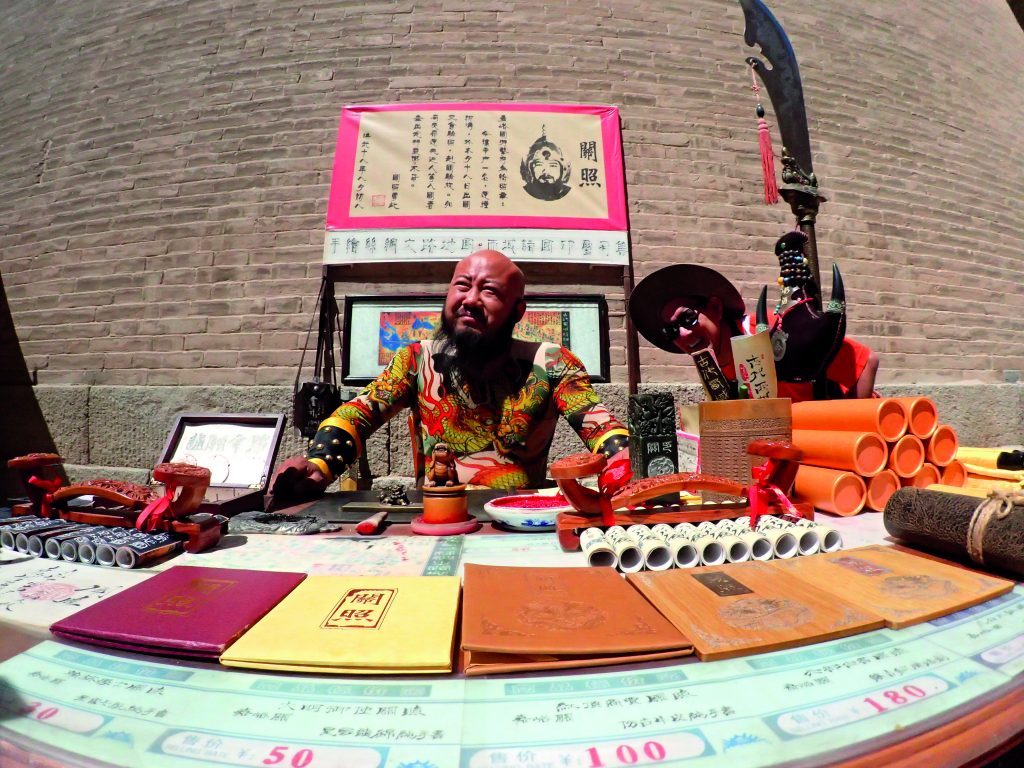
Our fifth day took us to the Yumen Pass and the Dunhuang Yardang National Geopark – another impressive expanse of eerie rock formations. An expedition wouldn’t be deserving of its name without encountering all weathers, but it was nevertheless with some trepidation that I stepped out into a sandstorm that morning. Thankfully, many of our group were well-prepared with facemasks and caps. I, on the other hand, was not as equipped, so I was quite happy to seek refuge in the hotel at the end of the day – and empty out the fine dust that had gathered in my ears!
This was, admittedly, the low-point of the trip, but reparations were made that evening with a spontaneous trip to an extravagant cultural show, fittingly called “Silk Road”. Once held at the “Great Hall of the People”, it was exclusively reserved for government officials and foreign leaders, but is now open to the public.
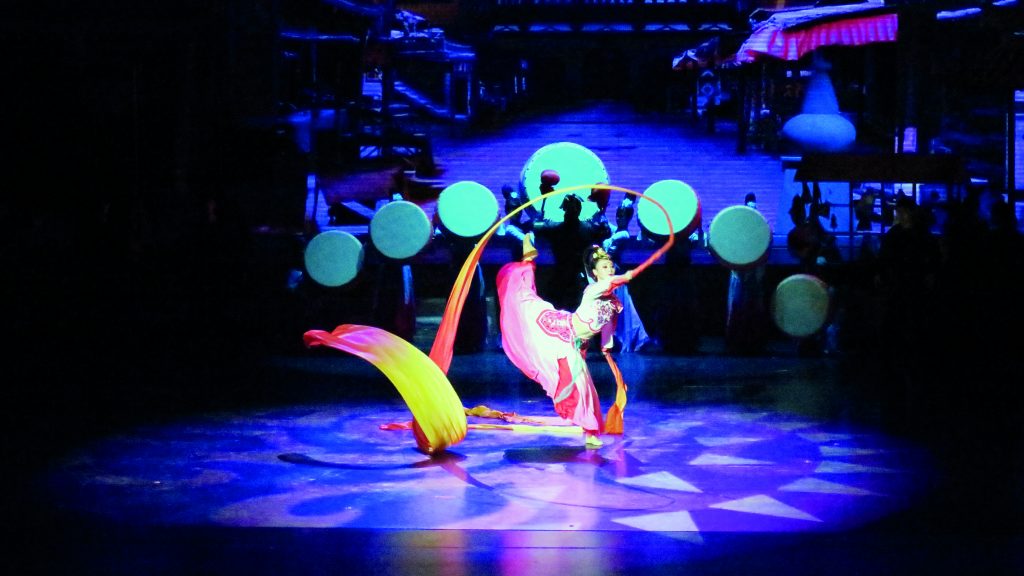
This was a more diverting take on the Silk Road’s history, using dance and song to portray the vivid cultural traditions and artistic legacies of Dunhuang and the Silk Road. The integration of dramatic lighting, brilliant choreography, and the opulent stage design made for a thoroughly entertaining evening.
The next day’s visit to the Mogao Caves was the definitive highlight of the trip. From the outside, they look perfectly ordinary, set in a slab of drab, brown rock. But upon entering the dry, cool caves, it’s as though you’ve been teleported into another world: It’s a labyrinth of ancient artwork with 45,000 square metres of murals and statues, making it the world’s largest collection of Buddhist art. Much of the original pink-coloured paints have turned black due to oxidisation. Our guide told me that the painters spent much of their lives painting in the near-dark, guided only by shards of natural light and dim oil lamps, and as such, most went blind.
From the dank darkness of the caves, we stepped into the blinding light of the Gobi, with a view of the Yueyaquan Lake, nestled in the desert bowl, for an afternoon of sandboarding and camel rides – Silk Road style.
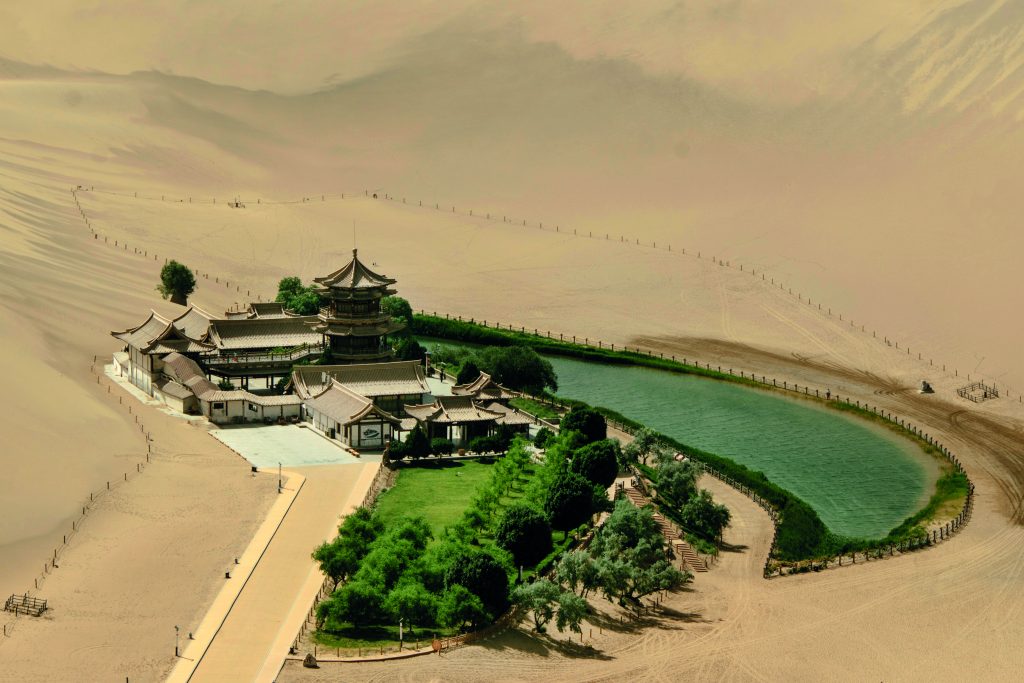
Thankfully, the journey back opted for a more modern mode of transportation, and we were all aboard a sleepover train back to Lanzhou, settling into our comfortable bunk beds within their purple and gold Apsara-motif cabins, and gently rocked to sleep.

We ended our trip by crossing the Yellow River in rickety rafts made from sheepskin. I was quite nervous that I was going to fall in, but I stayed comfortably dry. In the middle of the river, I was struck by a sense of Zen: It was peaceful, stranded in this limbo between banks. Our boatman hummed a Mongolian-Chinese song – Mother in the Dream. It was a melancholic but fitting ending, as the Yellow River is also called the “Mother River of China”.
The expedition saw many firsts for me: I ate exotic meats such as camel hooves, stir-fried donkey, and Lanzhou noodles with yak meat; I experienced a sandstorm, rode a camel, and a sheepskin raft, and – hilariously – had to abandon any delicate sensibilities when I visited a ladies’ loo without a bathroom door!
I learned an extraordinary amount about the Silk Road, but, moreover, I got to explore this part of China with a great group of like-minded people. Ultimately, the people you travel with make or break an expedition.
Book your spot on the next Silk Road Expedition to Uzbekistan and India!


